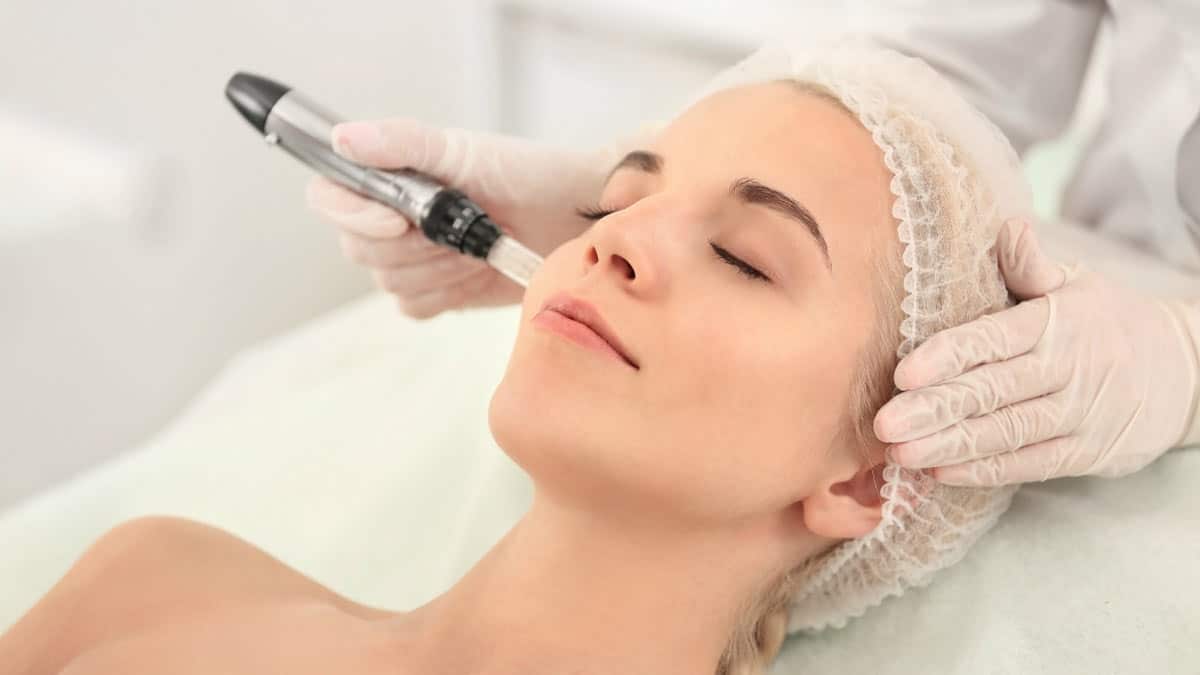Melasma, a persistent skin condition characterized by dark, blotchy patches, can be a source of frustration for many. Amidst various treatment options, microneedling has emerged as a promising solution. But does microneedling help with melasma? Let’s dive into five essential facts about this innovative procedure and its potential benefits for melasma sufferers.
1. What Is Microneedling and How Does It Work?
Microneedling, also known as collagen induction therapy, involves using fine needles to create micro-injuries on the skin's surface. This stimulates the skin’s natural healing process, promoting collagen and elastin production. These proteins are crucial for maintaining skin elasticity and reducing pigmentation irregularities.
When addressing melasma, the micro-injuries created by the procedure can help disrupt the uneven distribution of melanin. However, the question remains: Does microneedling help with melasma? The answer depends on individual factors such as the severity of the condition and skin type. Microneedling is often combined with topical treatments to enhance its effectiveness.
Key Benefits of Microneedling for Melasma
- Stimulates collagen production.
- Improves skin texture and tone.
- Enhances the absorption of topical depigmenting agents.
- Minimally invasive with a quick recovery time.
2. Why Microneedling Is Gaining Popularity Among Melasma Patients
Many melasma sufferers seek microneedling because it offers a non-invasive alternative to chemical peels and laser treatments. While lasers can sometimes exacerbate melasma by causing inflammation, microneedling’s controlled approach minimizes this risk.
Does Microneedling Help with Melasma Better Than Other Treatments?
Microneedling’s growing popularity stems from its ability to provide consistent results with fewer side effects. For instance:
- Unlike lasers, microneedling suits all skin types, including darker tones prone to hyperpigmentation.
- It’s a versatile procedure that can address multiple skin concerns simultaneously, such as acne scars and fine lines, alongside melasma.
3. What to Expect During the Microneedling Procedure
Preparation
Before undergoing microneedling, a consultation with a dermatologist or skincare professional is essential. This helps determine if you’re a suitable candidate and whether microneedling aligns with your treatment goals.
The Process
- The treatment area is cleansed and numbed with a topical anesthetic.
- A microneedling device is used to create micro-injuries on the skin’s surface.
- The session typically lasts 30-60 minutes, depending on the treatment area.
- Post-procedure, the skin may appear red and feel sensitive, similar to a mild sunburn.
Post-Treatment Care
To optimize results, follow these post-care tips:
- Apply gentle, hydrating skincare products to soothe the skin.
- Avoid direct sun exposure and use a broad-spectrum sunscreen.
- Refrain from using active ingredients like retinoids or exfoliants for at least a week.
Does microneedling help with melasma immediately? Results are gradual and usually become noticeable after 3-4 sessions spaced about a month apart.
4. Potential Risks and Precautions
While microneedling is generally safe, it’s essential to be aware of potential risks and take precautions:
Common Side Effects
- Redness and swelling.
- Mild discomfort or sensitivity.
- Temporary darkening of melasma patches (post-inflammatory hyperpigmentation).
Who Should Avoid Microneedling?
- Pregnant or breastfeeding individuals.
- People with active skin infections or inflammatory conditions like eczema.
- Those prone to keloid scars.
Consulting with a qualified professional ensures the procedure is tailored to your skin’s unique needs, minimizing risks and maximizing benefits.
5. Microneedling Combined with Other Treatments
To enhance its efficacy, microneedling is often paired with adjunct treatments. Popular combinations include:
Topical Depigmenting Agents
Products containing ingredients like tranexamic acid, vitamin C, or kojic acid can penetrate deeper layers of the skin after microneedling, targeting melanin production more effectively.
Platelet-Rich Plasma (PRP) Therapy
PRP involves applying concentrated platelets from your blood to the skin post-microneedling. This accelerates healing and boosts collagen production, enhancing the overall outcome.
Chemical Peels
Mild chemical peels before or after microneedling sessions can exfoliate the skin, allowing for better absorption of topical treatments and more uniform results.
Does microneedling help with melasma when combined with these treatments? Studies suggest that combining therapies often yields superior results compared to standalone microneedling.
Final Thoughts: Is Microneedling Right for You?
Microneedling offers a promising avenue for melasma sufferers, particularly those seeking a minimally invasive solution. While it may not completely cure melasma, it can significantly improve skin tone and texture when performed by a skilled professional and combined with complementary treatments.
If you’ve been wondering, Does microneedling help with melasma?, the answer lies in its ability to stimulate the skin’s natural repair mechanisms and enhance the effectiveness of other therapies. As always, consult a dermatologist to develop a personalized treatment plan tailored to your skin’s unique needs.





Comments